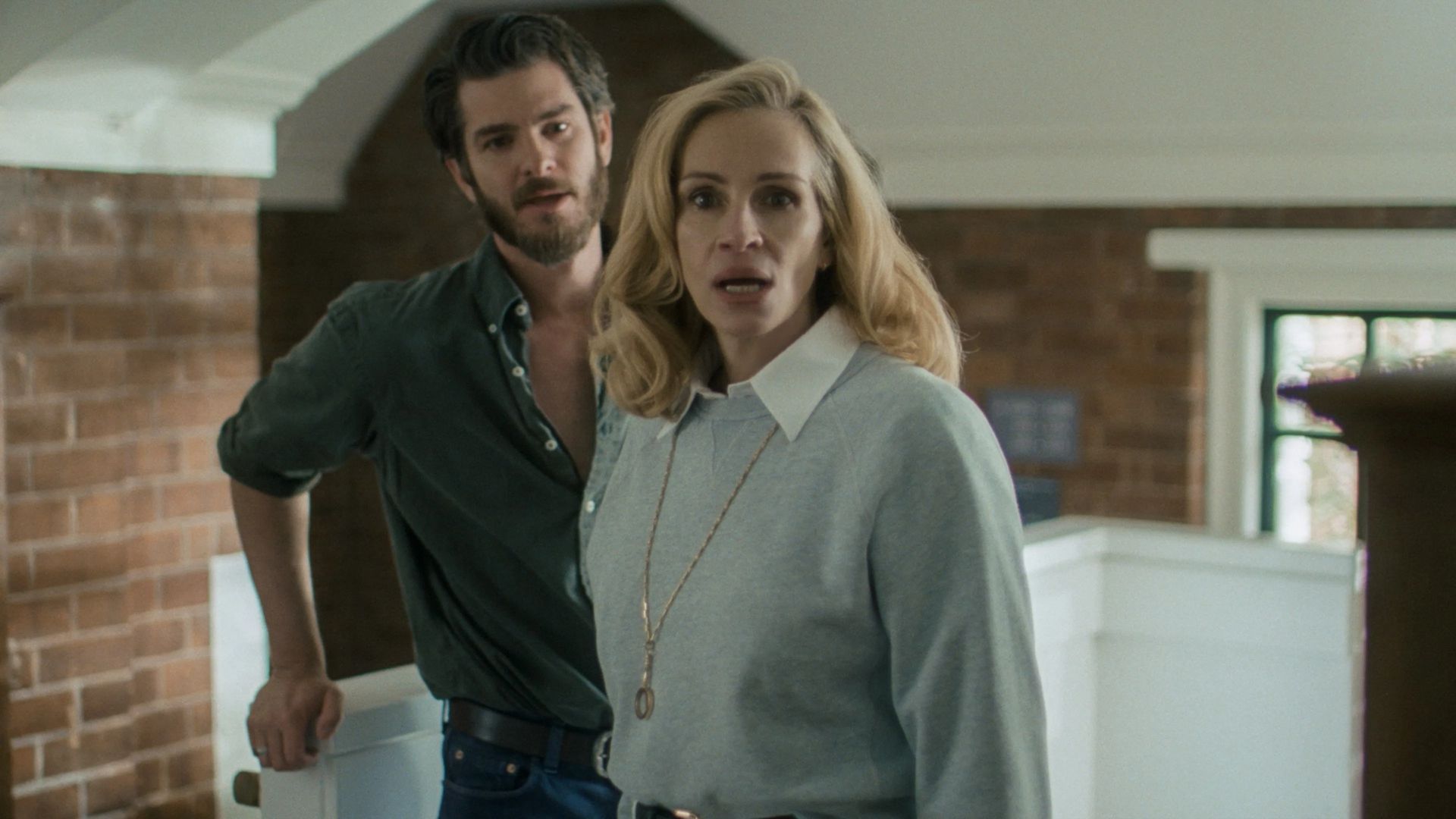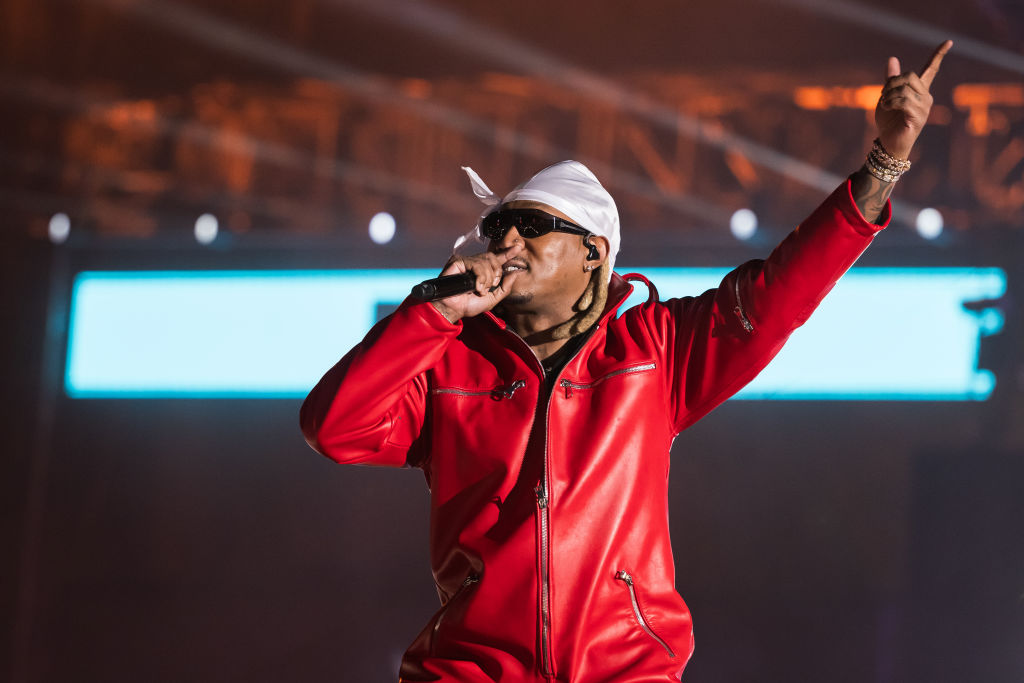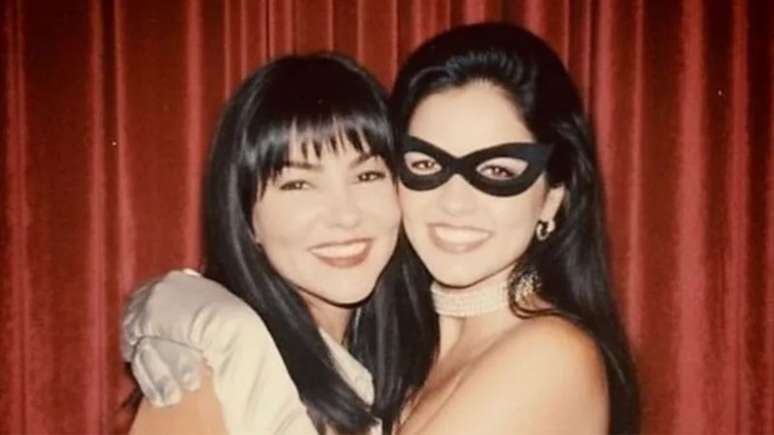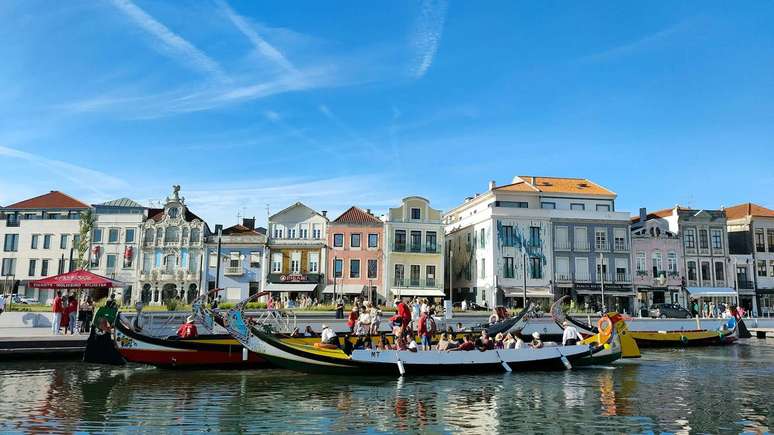Platform 2 is finally available on Netflix
The rest of the film The platform (which was a huge success in 2020) is finally available on Netflix, and once again immerses viewers in a dystopian universe. This time, the story focuses on two new characters, Perempuán and Zamiatin, who arrive in the “Pit” on the 24th floor, a relatively high level compared to other prisoners lower in the hierarchy of this unique prison system.
La Fosse is governed by a series of strict rules imposed by the Authority a mysterious leader called “Master”. Each inmate must eat exclusively the dish chosen upon arrival. Any violation of this rule can result in violent punishment, meted out by the “Chosen Ones”, prisoners tasked with maintaining order in this cruel environment.
Like in the first film, Platform 2 illustrates the brutality of a system that claims to establish equity, but ends up generating more chaos and violence. The film explores themes of survival, solidarity and betrayal, all in an oppressive atmosphere where each floor becomes a microcosm of desperation and the struggle for survival.
Perempuán’s character, after losing her cellmate Zamiatin, meets a new cellmate who explains his escape plan to her. He discovers that the interval used to “reset” the Pit, during which a sleeping gas is released, may be his only time to escape. To do this, she must stay awake by eating Goya’s painting, The dog which is located somewhere in the Pit.
How to understand the end of the film?
The end of Platform 2 raises, like the first film, many questions. After a series of bloody twists and internal battles in the Pit, Perempuán manages to survive and stay awake through the consumption of paint. As he is about to escape, he discovers an abandoned baby the last level of the Pit.
She chooses to save him rather than save herself. The film ends on an ambiguous note: Perempuán helps the child get onto the platformand the ending suggests that only children can escape, while adults, like her, are condemned to remain in the Pit.
The credits start to roll and this is where the biggest twist happens.
Is Platform 2 a prequel?
At the end of The platformGoreng sacrificed himself to bring the little girl he had saved to the surface, as a symbol of revolt against the system. In Platform 2Perempuán’s character discovers a child on floor 333 and chooses to sacrifice himself in order to escape the Pit.
Shortly before the end of the film, after the credits begin, Goreng appears on the platformwith the little girl he saved at the end of the first film, without knowing how much time passed between the descent of Perempuán and that of Goreng, but one detail could explain it, we will return to this later.
This crucial moment reveals it Platform 2 actually takes place before the events of The platform. The appearance of Goreng, who was supposed to find redemption in the first film, makes it clear that all of the above, including the events involving Perempuán, take place before his descent into the world. The platform.
Another detail that strengthens this theory is the presence of Trimagasi in Platform 2. This character, who is Goreng’s cellmate in the first film, is a new arrival in the second opera. However, in the first film, we learn that he is reaching the end of his year of confinement. That would mean this Platform 2 takes place about a year before the events of The platform.
Certain death
Platform 2 presents new rules and a new organization within the Pit, with the introduction of the “Master”, this mysterious leader who establishes an ideology based on forced solidarity and an authoritarian regime. These rules are not mentioned in the first film, where chaos seems more dominant. The fact that The platform he never mentions this organized regime and its power figures indicates that the “Master’s” attempts failed or faded away over time. The chaos Goreng faces therefore stems from Perempuán’s actions.
Ultimately, the film suggests that the child’s “liberation” is a symbol that may not be enough to fundamentally change the system. The post-credit scenes demonstrate this the cycle repeatswith other children brought to the Pit to suffer the same fate.
This suggests that the authoritarian system that controls the Abyss is not simply interested in fairness or solidarity, but in experimentation on human behavior, particularly the survival instinct.
Perempuán’s fall, after hitting his head, suggests that he will face certain death, just like Goreng in the first film (something also confirmed by the director at the time of release).
Level 333: Modern Purgatory?
Level 333 inches Platform 2 it can be interpreted as a symbolic purgatory in which the characters confront their inner demons. The number 333 plays an important role here, evoking half of 666, the number associated with the “Beast” in Christian tradition (there are two prisoners per level). a key role in the symbolism of the film. It reinforces the idea that the Pit is not simply a physical prison, but also a space where the characters’ souls are put to the test, between redemption and damnation.
Each character who reaches this ultimate level is forced to face their actions, their sins, and their past. Perempuán, for example, is haunted by the accidental death of her ex-partner’s son (who could be Goreng), which she has never been able to come to terms with. His search in the Pit becomes an attempt at redemption, a personal way of the cross where she tries to symbolically repair what she was unable to do in the outside world.
This last level, a dark and desolate space, could therefore be seen as a modernized and metaphorical version of purgatory. It puts prisoners in a position of ultimate moral choice: sacrifice themselves for the common good or give in to selfishness and survival instincts. As in traditional purgatory, souls must suffer and atone for his sins to hope for a form of liberation, symbolized both by the boy’s salvation and by another form of personal redemption.
This confrontation with their inner demons allows us to understand why some characters, like Goreng and now Perempuán, choose to sacrifice themselves to offer a chance of redemption to a new generation represented by the child. It is a symbolic journey to the purification of the soul, where those willing to suffer for others can hope to escape the hellish cycle of the Pit.
Source: Cine Serie
Ray Ortiz is a journalist at Gossipify, known for his coverage of trending news and current events. He is committed to providing readers with accurate and unbiased reporting, and is respected for his ability to keep readers informed on the latest news and issues.





-socaupx8a1ya.png)


